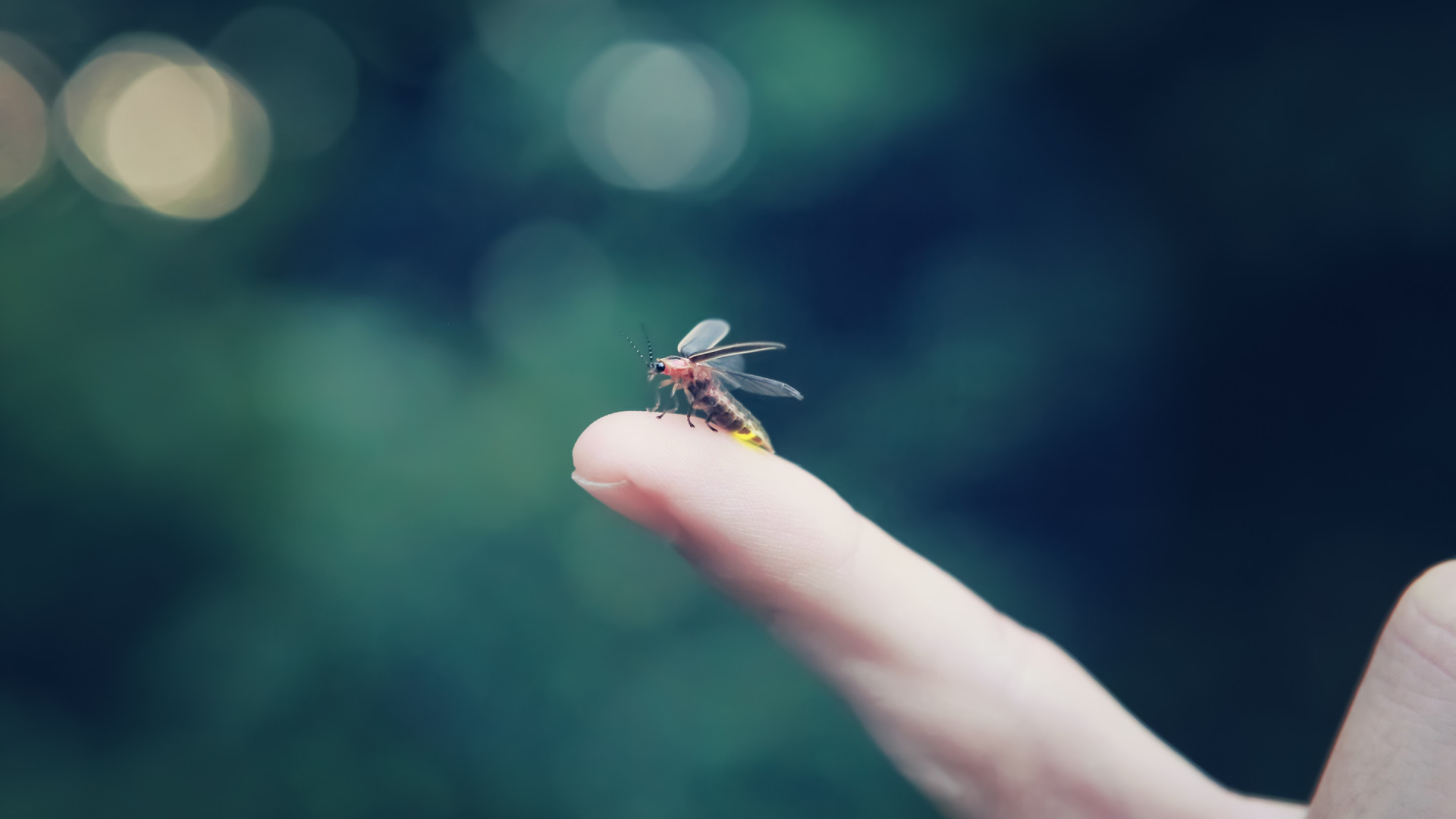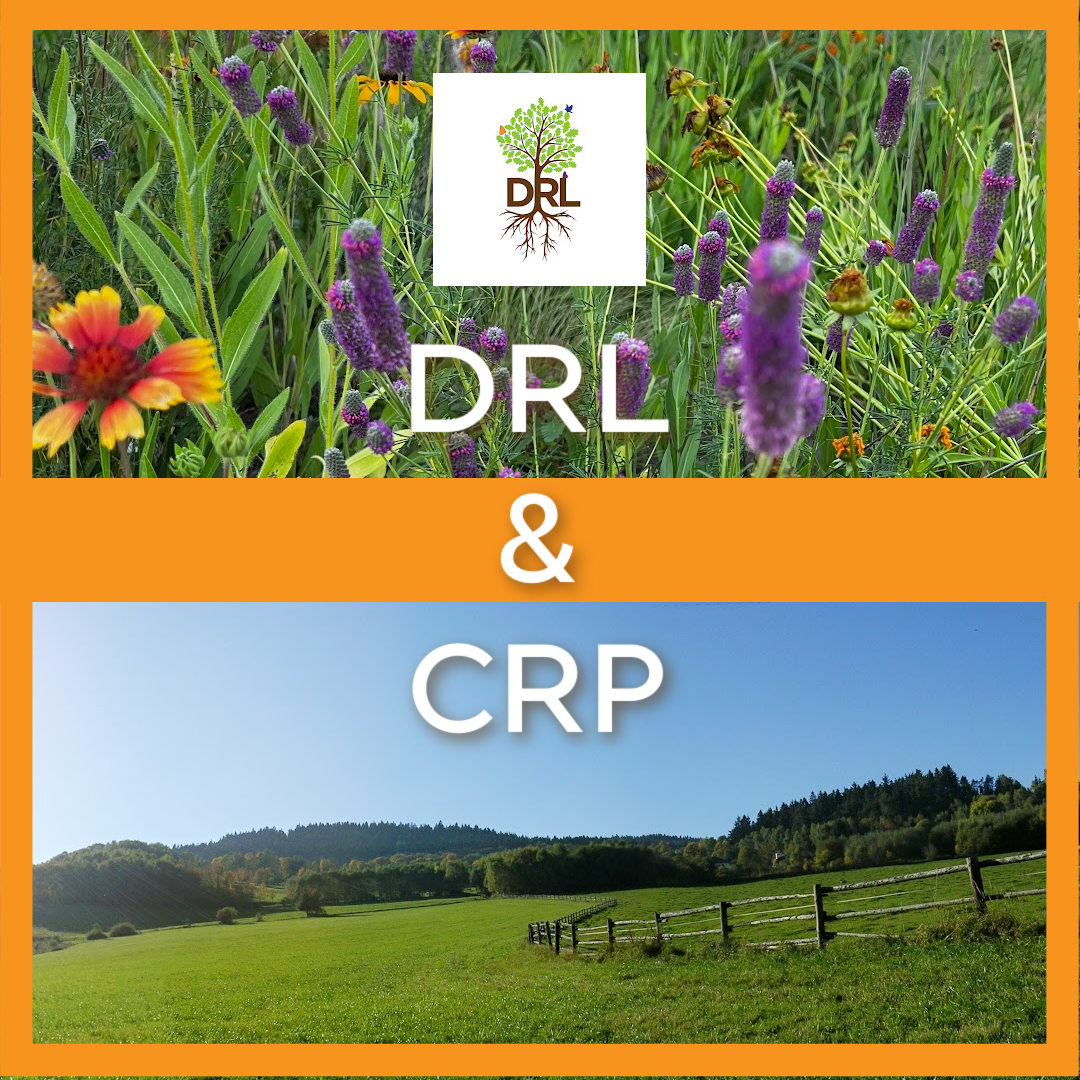
Botany Blog

Foraging Fun!
Deeply Rooted Landscapes owner, Kara, shares how to use native violets to make sweet treats with her daughter and her friends.

Milkweed Memories
Deeply Rooted Landscapes Nursery Manager, Chloë, reminisces about golden hour country drives with her mom and the soft fairy floss of milkweed while reading archived LIFE magazines over the 2024 winter break.

Celebrate the Holidays Sustainably with Deeply Rooted Landscapes’ Tree Rental Program
The holiday season is a time of warmth, joy, and tradition, but it can also generate a lot of waste. At Deeply Rooted Landscapes, we believe in creating holiday traditions that celebrate the beauty of nature while treading lightly on the planet. That’s why we’re thrilled to offer our Holiday Tree Rental Program—a sustainable way to enjoy a living evergreen tree in your home, with no plastic waste or cut trees left behind.

Creating a Moon Garden for Bats: Native Plants that Support Nocturnal Wildlife
When we think about wildlife-friendly gardens, our minds often focus on the creatures we see during the day—bees, birds, butterflies. But as the sun sets, another vital group of animals comes to life: bats! If you’re planting native plants to support daytime pollinators and wildlife, you're also contributing to the habitat needs of their nighttime counterparts.

Invasive Plants in Ohio: How to Remove Them from Your Yard
Invasive plants are a hidden threat to Ohio's native ecosystems. These non-native species spread rapidly, outcompeting local flora, disrupting habitats, and reducing biodiversity. If you're passionate about protecting Ohio's natural environment, identifying and removing invasive plants from your yard is a great place to start. This guide will walk you through some of the most common invasive plants in Ohio, effective removal methods, and native alternatives to help restore balance and promote biodiversity in your yard.

Invite Fireflies To Your Yard!
Fireflies are under threat in North America. All 150+ species of fireflies are in decline due to habitat loss, light pollution, climate change, and insecticides. Here's how you can help!

Growing a Sensory Garden: The Beauty of Fragrant Native Plants
Imagine stepping into your garden and being greeted by a symphony of scents that invite you to linger, breathe deeply, and savor the natural aroma of your surroundings. Planting fragrant native plants is an excellent way to create such an enchanting experience. These plants fill the air with delightful scents and offer practical benefits, such as deterring deer and rabbits due to their strong fragrances. In this blog post, we'll explore the wonderful world of fragrant native plants, categorizing them into shrubs, trees, vines, forbs, grasses, and more, and discuss how to incorporate them into a sensory garden.

Rethinking Lawns: A Guide to Sustainable and Beautiful Alternatives
Lawns have been a traditional feature of American homes for decades, but their environmental costs and limited benefits lead many to reconsider this staple of suburban landscapes. Traditional lawns demand substantial resources and contribute to various environmental issues, making it crucial to explore more sustainable alternatives. Let’s look at why it might be time to rethink your lawn. We’ll also consider options like reducing the size of your lawn or converting your existing lawn to a sedge lawn, quilt lawn, or a low/no mow option.

Native Gardening Maintenance - Tips + Tricks
Getting started with native gardening can be overwhelming. There’s so much new information to learn!
These are some of DRL’s favorite native gardening tips and tricks to help you on this new gardening journey. Some of these recommendations will help you learn what plants are native to your area; others will help you spend less time on garden chores and more time admiring the plants and wildlife that come to visit them.

Gardening For Birds
Inviting birds to your garden is a wonderful way to learn how to birdwatch at home and get started gardening for wildlife. In this blog post, we'll talk about the three things birds need to be attracted to your yard: shelter, water, and food. The easiest way to invite birds to your garden is by planting native plants!

Keystone Species
If you’ve been immersed in the native plant world for any length of time, you’ve undoubtedly heard the phrase keystone species. You probably have even figured out that it means the plants assigned that phrase are especially important. But why? This is the second post in our ongoing series about phrases we hear and use a lot as native plant professionals but may not always take the time to explain fully. “Keystone species” is a phrase used in almost any conversation we have with folks wanting to put more native plants in their yards. Let’s take a look at what it means.


No Mow May
No Mow May is a movement started in the UK and soon adopted by cities around the United States. You’ve probably begun to see this year’s posts about it and wondered what it was all about. It does sound pretty simple - just stop mowing for a month! But, the originators of the project and those who continue it have more in mind than can be conveyed in a snappy headline or phrase. Head over to the DRL blog to read more about No Mow May and how you can put the idea behind the headlines into action.

Earth Day and Native Plant Month
Happy Earth Day—and happy Native Plant Month! In 2019, a bill was signed into law designating April as Native Plant Month in Ohio. In 2024, with unanimous consent, Senate Resolution 603 passed, making this designation national. Of course, the decision to have April as Native Plant Month—the same month during which Earth Day occurs—was no accident.
On this particular Earth Day, we thought we’d take a look at some encouraging stats and information that show that it’s not just us dedicated native plant folk who are making changes.

Nursery News: Indian Physic
Having a new plant species to fawn over at the nursery is always fun. We carry over a hundred species of native plants, and they each have their own unique spot in a native garden ecosystem. Last week, we highlighted a new prairie grass we’ll be growing (Prairie brome/Bromus kalma), and this week, we’ll talk about Indian Physic (Porteranthus stipulatus). We often get asked about deer and/or rabbit-resistant plants, and this is one! The foliage is toxic to mammalian herbivores, so they leave it alone. Read more about the many reasons to plant the lovely and beneficial Indian Physic on our blog.

Nursery News: Prairie Brome
One of the bright spots in what can seem like a long Ohio winter is deciding on new plants to grow here at DRL. We talk about what people are asking for and trends we’re seeing, and we ask Kara (the big boss!) if we can please grow the one plant we’ve been obsessing over (100% of requests approved so far; thanks, Kara!). We have some new plants this season that we are really excited about, so we’re going to tell you a bit more about them. Click through to the blog to read about the first plant we’re highlighting, Prairie Brome.

What is an invasive plant?
On the heels of invasive species week, we thought it might be a good time to define what an invasive species is – and what it isn’t! There are criteria that a plant has to meet in order to be considered an invasive species; the label isn’t something we can just attach to any weed we don’t like to see in our gardens.



